String Orchestra - Level 4 - Digital Download
SKU: A0.958412
Composed by Joseph Dillon Ford. 20th Century. Score and parts. 102 pages. David Warin Solomons2 #3684509. Published by David Warin Solomons2 (A0.958412).
This concerto can be performed with harpsichord and string orchestra or, as in the recording here, by harpsichord and string quartet
1st movement
The overall structure of the "Allegro moderato" recalls the baroque concerto in its alternating contrastive statements by orchestral ritornello and soloist. The ritornello, heard complete in the first twenty-five measures, recurs thereafter in differentiated, mostly fragmentary forms of varying length. Although the soloist initially introduces new material between occurrences of the ritornello, after a brief transition to E-flat major (mm. 65–78), it is closely integrated with the latter in a lengthy "development" section (mm. 78–143) wherein it actually quotes or otherwise enlarges upon the ideas of the ritornello. The ritornello in G minor beginning with the anacrusis in m. 142 thus serves as a kind of "recapitulation," inviting further comparison with eighteenth-century sonata and sonata-rondo forms more closely identified with composers who lived and worked after Bach
2nd movement
The "Larghetto cantabile" was suggested, at least in part, by the exquisite A-flat-major "Largo" of Bach's Concerto for Harpsichord in F Minor (BWV 1056), as evidenced by its pizzicato accompaniment and singing melody. But Ford's "Larghetto" is cast in the somber minor mode, and unlike Bach's movement, focusses so single-mindedly on the right-hand melody of the soloist that the left hand remains largely at rest. On the other hand, Ford has given much more musical prominence to the first and second violins and cello, all of which break away from a simple accompanying role to provide essential musical ideas of their own. The movement falls into two large sections, articulated by a recitative-style cadence. The first section opens with a plaintive tune that is later taken up in modified polyphonic form by the first and second violins (mm. 12–25), rejoined presently by the harpsichord playing a delicate obbligato (mm. 17–21). In the second half of the movement, a new harpsichord melody in triplet rhythms with pizzicato accompaniment is punctuated by expressive interjections from the cello. By and by the triplets are distributed among the soloist's right and left hands, and with a long trill over bass triplets, the movement draws quietly to a close on the dominant, setting the stage for the G-major tonality of the finale.
3rd movement
The last movement opens with an orchestrated version of Bach's setting of "Dir, dir, Jehovah, will ich singen," with each half of the chorale repeated. Thereafter, soloist and orchestra alternate and share equally as they present varied iterations of this borrowed material. The first variation (mm. 19–52) introduces new embellishments and livelier rhythms, concluding with a triplet melody in the first violins. The second variation (mm. 52–83) is livelier still, with sixteenth-note figuration in the solo part over delicate pizzicato accompaniment, alternating with equally ebullient statements of each half of the chorale tune in the first violins. A dramatic E-minor fugato whose subject is based on the first four measures of the chorale melody ensues in the strings (mm. 83–100), building up to a startling reentry of the harpsichord in its highest register as it repeats the first half of the chorale tune in A minor over crystalline scalar figuration. This variation is greatly extended and fantastically elaborated into a quasi-development section (mm. 107–36) which motivically recalls the chorale tune while at the same time discovering new material and presenting the harpsichordist with an opportunity for virtuosic flights of fancy. After a short fully notated cadenza, the meter shifts from 3/4 to a sprightly alla breve and the fugato texture resumes as the second violin, viola, and first violin present the four-measure subject in an entirely new guise (with reinforcement.
This product was created by a member of ArrangeMe, Hal Leonard’s global self-publishing community of independent composers, arrangers, and songwriters. ArrangeMe allows for the publication of unique arrangements of both popular titles and original compositions from a wide variety of voices and backgrounds.
About Digital Downloads
Digital Downloads are downloadable sheet music files that can be viewed directly on your computer, tablet or mobile device. Once you download your digital sheet music, you can view and print it at home, school, or anywhere you want to make music, and you don’t have to be connected to the internet. Just purchase, download and play!
PLEASE NOTE: Your Digital Download will have a watermark at the bottom of each page that will include your name, purchase date and number of copies purchased. You are only authorized to print the number of copies that you have purchased. You may not digitally distribute or print more copies than purchased for use (i.e., you may not print or digitally distribute individual copies to friends or students).
 Instant Download
Instant Download
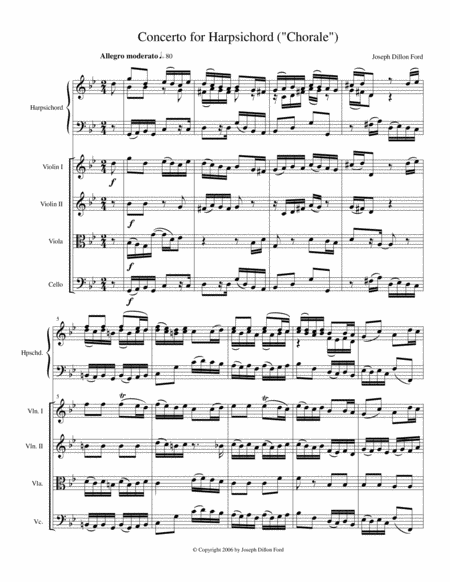
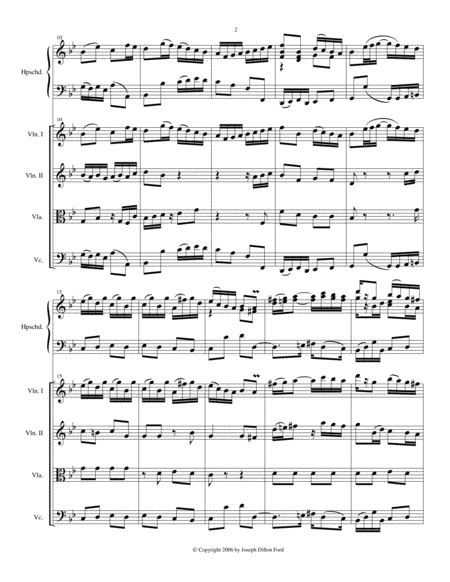
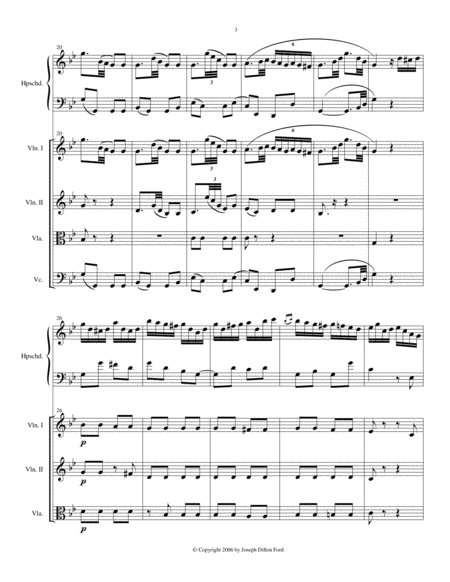
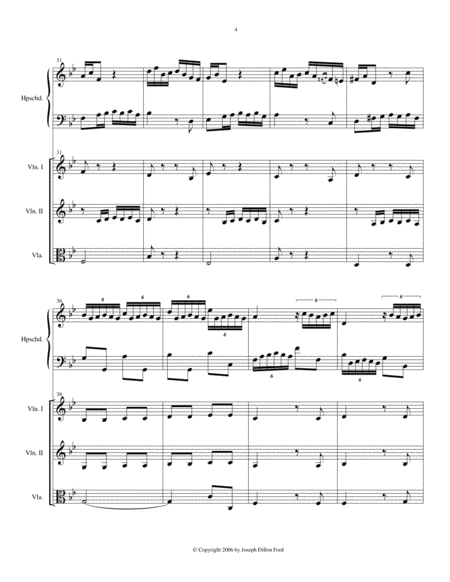
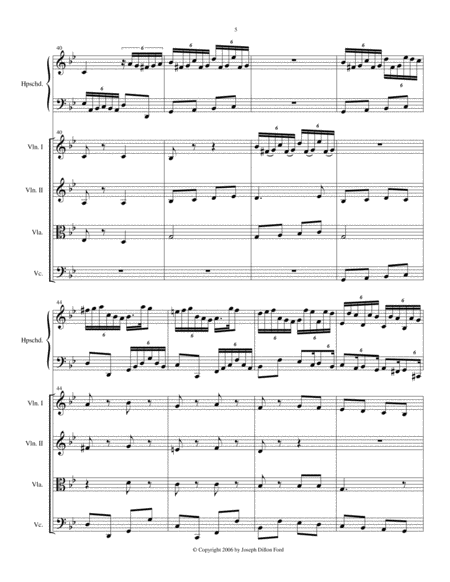
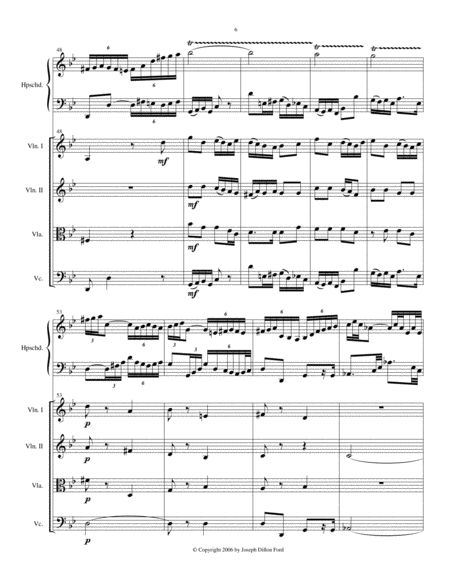
 Share
Share